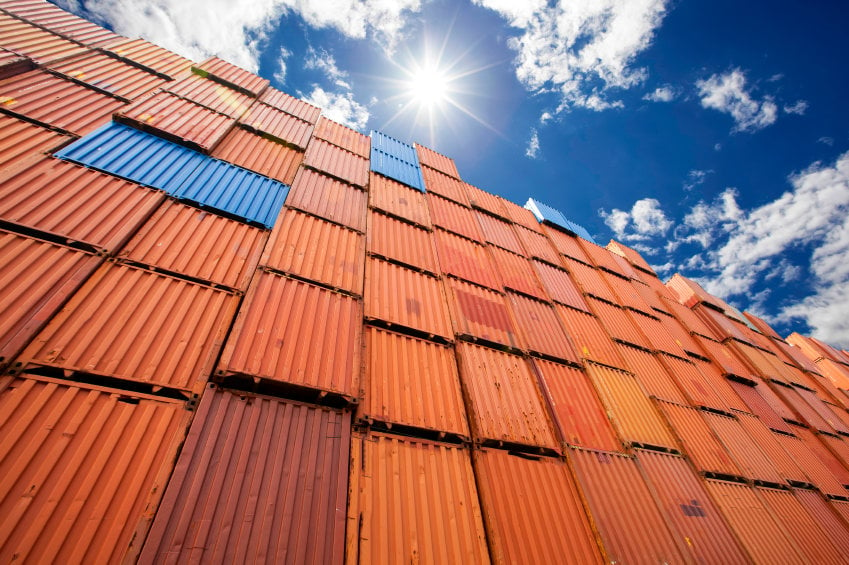The US shipbuilder General Dynamics NASSCO launched the Isla Bella, the world’s first container ship powered by liquefied natural gas (LNG), on April 18th in San Diego for operation by Sea Star Line in the U.S. mainland-Puerto Rico trade.
The 3,100 TEU containership, part of a two-ship contract, was built for the US leading transport and logistics company TOTE Inc., officially took to water at the San Diego Bay. Around 3,400 shipyard workers and guests attended the ceremony accompanied by a fireworks display.
By operating the vessels on LNG, TOTE is reducing NOx emissions by 98 percent, SOx by 97 percent, carbon dioxide by 72 and particulate matter by 60 percent in the Puerto Rico trade which will significantly decrease emissions while increasing fuel efficiency as compared to conventionally-powered ships.
The ships will be the cleanest of their kind and size anywhere in the world says NASSCO. The LNG-powered ships will also include a ballast water treatment system. The ships have dual-fuel engines that will operate primarily on liquefied natural gas but will be capable of burning diesel when needed.
Strict regulations on vessel emissions of sulfur dioxide and other pollutants led growing interest in LNG as a ship’s fuel. Operators in emissions control zones off North American and European waters are the first to feel the impact of the stricter rules.
More than 40 container ships that are LNG-fueled or LNG-ready have been ordered or are under construction worldwide as per IHS Maritime reports. United Arab Shipping Co. is building 10 large container ships that can be adapted to run on LNG. MOL also is building ships that can be converted to LNG operation. The list of operators building LNG-ready ships includes Nordic Hamburg Shipping and U.S. domestic operators Matson and Crowley Maritime.
TOTE’s Sea Star Line will operate its two LNG-fueled ships between Jacksonville and Puerto Rico, where shippers report southbound capacity has tightened since the withdrawal of Horizon Lines at the end of 2014.Sea Star’s new ships will carry up to 3,100 twenty-foot-equivalent units each.
The new TOTE ships for the Puerto Rico trade were financed with help from a $324.6 million loan guarantee under the Maritime Administration’s Title XI program. Marad Administrator Paul “Chip” Jaenichen said the Isla Bella shows that the U.S. maritime industry “is moving steadily forward on renewable and clean-fuel options while increasing shipping efficiencies that benefit American consumers.”
It’s obvious that LNG as a marine fuel will grow faster than what we would imagine. It is an idea whose time has come, both in terms of reduced emissions as compared with heavy bunker oil and even low-sulfur marine diesel, and in terms of operating costs.





